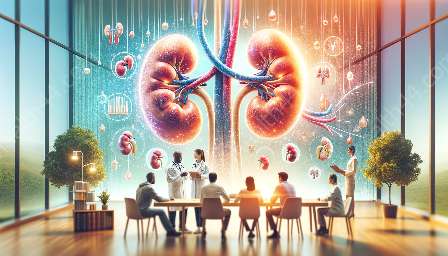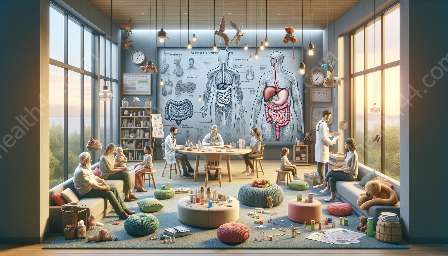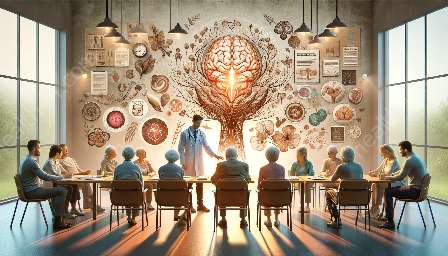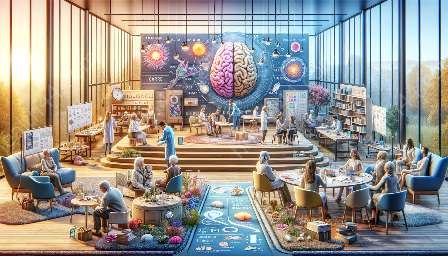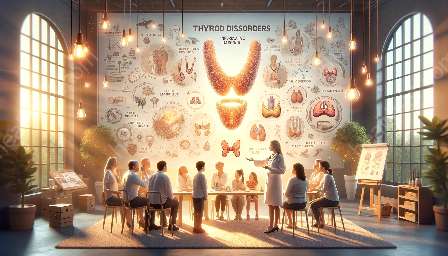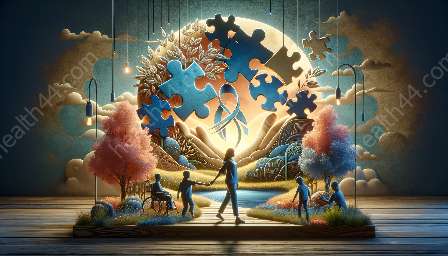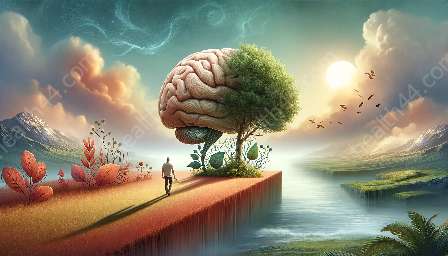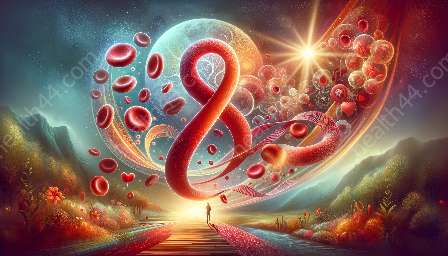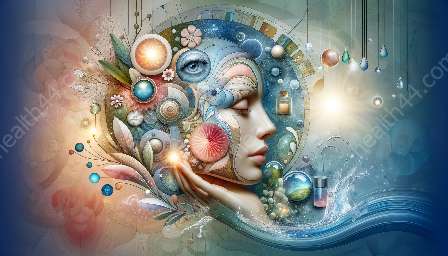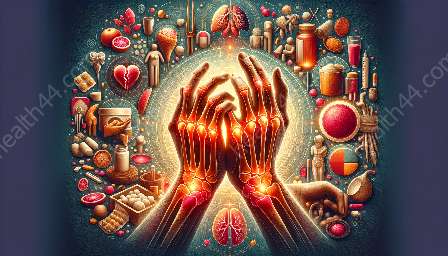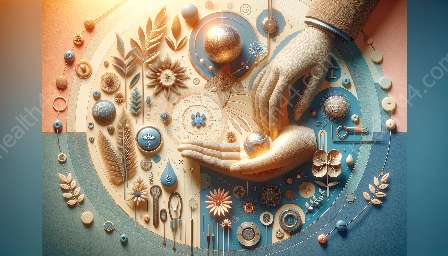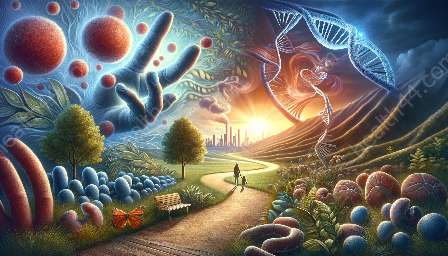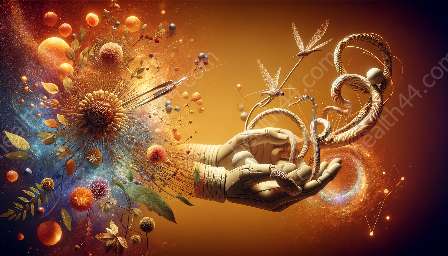Stroke, a serious health condition, has a significant impact on overall health. It is crucial to understand the causes, symptoms, treatment, and prevention of stroke for a healthier lifestyle.
What is a Stroke?
A stroke occurs when the blood supply to part of the brain is interrupted or reduced, preventing brain tissue from getting oxygen and nutrients. This can cause brain cells to die, leading to potentially severe consequences.
Types of Stroke
There are two main types of stroke: ischemic stroke, which occurs when a blood clot blocks or narrows an artery leading to the brain, and hemorrhagic stroke, which occurs when a weakened blood vessel ruptures and bleeds into the surrounding brain tissue.
Causes of Stroke
Several factors can contribute to an increased risk of stroke, including high blood pressure, high cholesterol, smoking, diabetes, and obesity. Additionally, a family history of stroke and cardiovascular diseases can also elevate the risk.
Signs and Symptoms
The most common signs of stroke include sudden numbness or weakness in the face, arm, or leg, especially on one side of the body; confusion, trouble speaking or understanding; difficulty seeing in one or both eyes; trouble walking, dizziness, loss of balance or coordination; and severe headache with no known cause.
Treatment and Recovery
Immediate treatment is crucial to minimize the damage caused by a stroke. Treatment options may include medication to dissolve clots, procedures to remove blood clots, or surgery to repair blood vessels. Rehabilitation, including physical and speech therapy, is essential for stroke survivors to regain function and independence.
Prevention
Adopting a healthy lifestyle, managing risk factors such as high blood pressure and cholesterol, quitting smoking, maintaining a healthy weight, and staying physically active can significantly reduce the risk of stroke. Regular medical check-ups and adherence to prescribed medications are also important in preventing stroke.
Connection to Other Health Conditions
Stroke is closely linked to other health conditions such as high blood pressure, diabetes, and heart disease. By managing these conditions properly, the risk of stroke can be minimized, and overall health can be improved.
Conclusion
Understanding the causes, symptoms, treatment, and prevention of stroke is essential for maintaining overall health. By implementing preventive measures and managing health conditions effectively, the risk of stroke can be reduced, promoting a healthier and fulfilling life.












